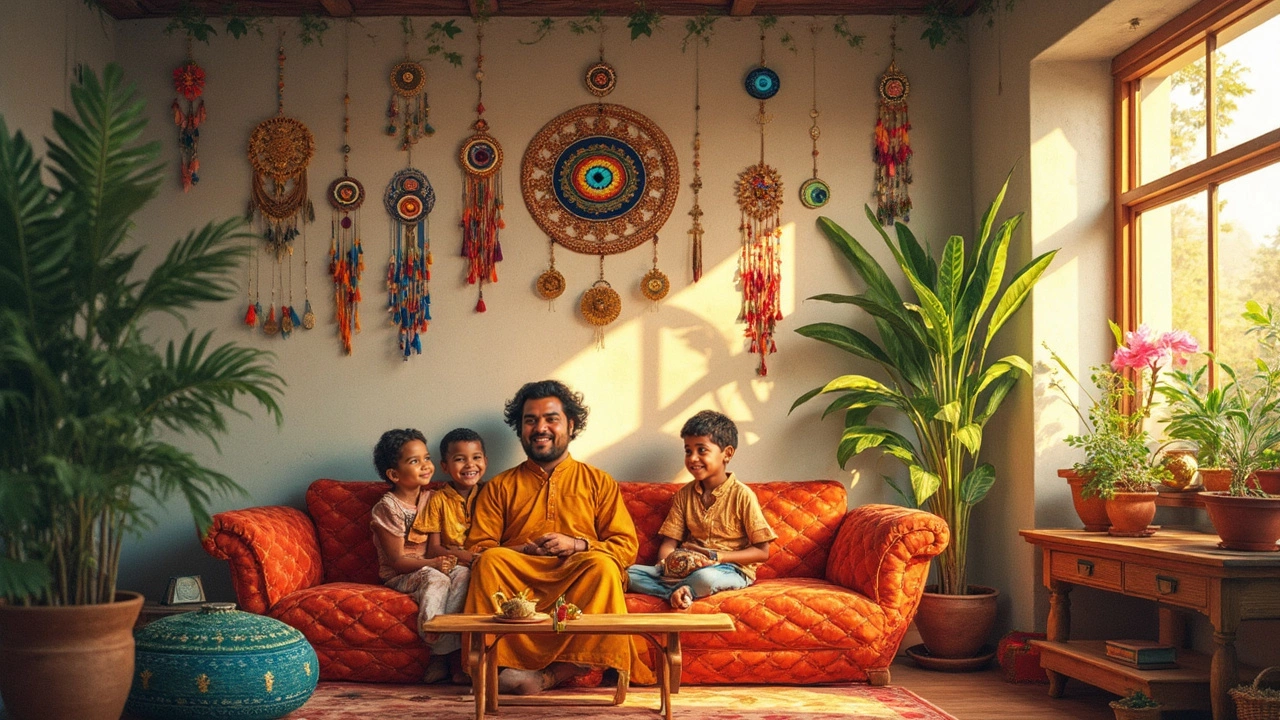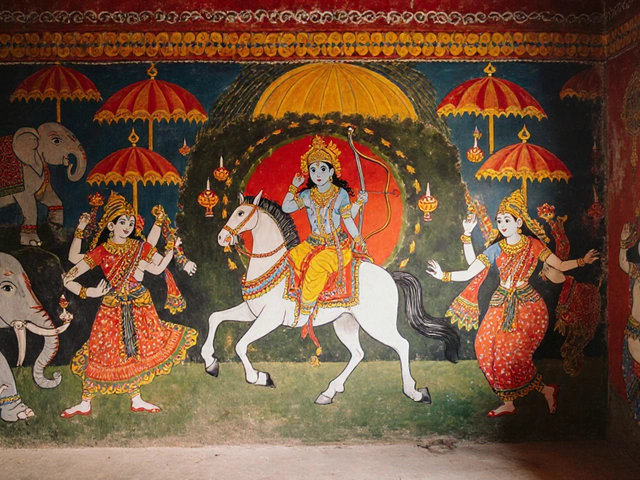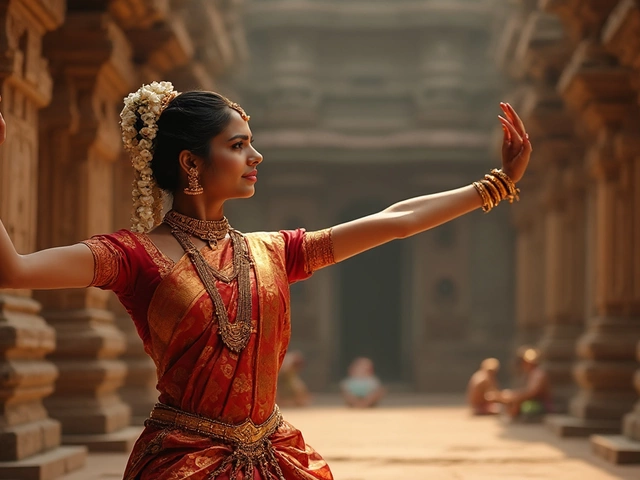Home Decor in India: Traditional Styles, Cultural Touches, and Modern Trends
When you think of home decor in India, the way living spaces are arranged and adorned to reflect cultural identity, spiritual values, and regional craftsmanship. Also known as Indian interior style, it’s not just about looks—it’s about stories woven into every rug, painting, and piece of woodwork. Unlike Western decor that often prioritizes minimalism, Indian home design thrives on texture, color, and meaning. A single wall might hold a Pithora painting from Gujarat, a reminder of ancestral blessings, while a corner could feature brass diyas lit daily for spiritual calm. This isn’t decoration for show—it’s living tradition.
What makes traditional Indian decor, a system of interior elements rooted in centuries-old regional practices, materials, and rituals. Also known as Indian home design, it varies wildly from state to state. In Rajasthan, you’ll find hand-painted jharokhas and block-printed cottons. In Tamil Nadu, intricate bronze idols and temple-style wooden carvings dominate. In Kerala, coconut wood furniture and natural dyes create earthy, cool spaces. These aren’t random choices—they’re tied to climate, religion, and local art forms still alive today. Even the way a home is cleaned before Diwali isn’t just hygiene—it’s ritual, and it shapes how spaces are arranged and maintained year-round.
cultural home accessories, objects used in daily living that carry symbolic meaning, often handmade and passed down through generations. Also known as Indian decorative items, it includes things like kolam patterns drawn at doorsteps, hand-embroidered cushion covers from Gujarat, or terracotta lamps from Uttar Pradesh. These aren’t bought at malls—they’re made by artisans, gifted during weddings, or kept as heirlooms. Even modern Indian homes, in cities like Bangalore or Pune, still find room for these pieces. A minimalist sofa might sit beside a vintage brass thali or a Kantha quilt from Bengal. That’s the quiet power of Indian decor—it doesn’t shout. It whispers history.
And it’s not just about objects. The way light enters a room, the placement of a prayer corner, the sound of wind chimes near the window—these all matter. Indian home decor respects space, energy, and community. It’s why you’ll find seating on the floor in many households, not because there’s no furniture, but because comfort is tied to closeness and connection. Even today, as more Indians adopt global trends, they’re not replacing their roots—they’re layering them. A concrete wall might hold a hand-painted mural of Lord Ganesha. A modern kitchen might have copper utensils passed down from a grandmother. This isn’t nostalgia. It’s identity.
What you’ll find below is a curated look at how these traditions live today—in homes, in design choices, in the quiet decisions people make every day to keep their culture alive. Whether it’s how to use textiles to cool a room in summer, why certain colors dominate in South Indian homes, or how to pick decor that feels authentic without being cliché—these posts give you real, practical insight. No fluff. No stereotypes. Just what works, what matters, and why it still fits in modern Indian life.





